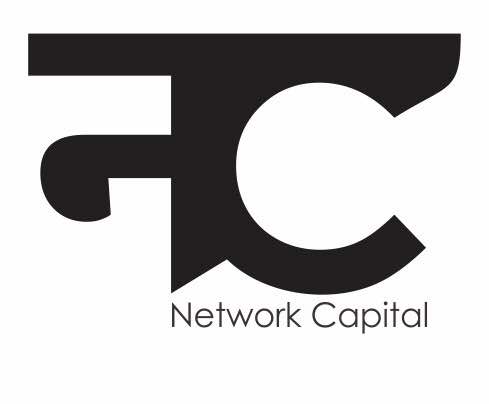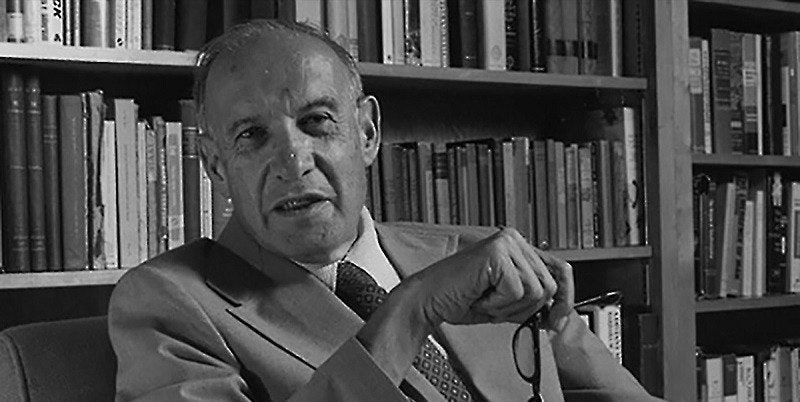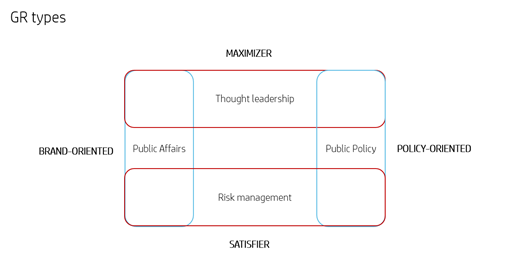Most companies and environments operate in environments that are data or metric driven. However, PA functions are often difficult to really quantify, whether its protecting budgets for its segment in looking to become a profit than a cost centre, or decision-making when it comes to KPIs on priorities and resources. The old adage by management guru Peter Drucker “If you can’t measure it, you can’t manage it” is probably going to be quite a challenge in placing within a PA function. The core problem here is that while tracking outcomes would be meaningful, it is often difficult.
Does this imply we don’t have an ounce of ‘measurability’ around PA functions? Not quite. In cases of influencing the outcome of regulatory designs that affect the bottom line of a company, it is usually a long-haul game involving plenty of actors (other corporations in the ecosystem, industry coalitions, NGOs, etc.). In this maze, it is difficult to the locate the impact of a specific corporation’s PA work specifically had. In the case of public sector business development support, it is usually the sales team that claims the commercial success.
As alternatives, I’d say that measuring output instead of outcomes can yield better orientation for the PA division. How many meetings did the team organize? How many briefings were written in the last quarter? How many stakeholders attended a ‘knowledge transfer’ workshop curated by the company? Devising such “balanced score cards” for teams or individual PA managers have been now in vogue for some time.
So, what exactly are the attributes or competencies that make you successful in this space? One of the myths that I shared with the community here during my NC Masterclass is that you don’t need to hold a MPP degree or a background in law/economics to hustle in this domain. From literature graduates to communications or psychology majors, pretty much anyone can and does fit into the structure of such roles.
The key attributes that I have found among successful professionals in this space are as follows:
Critical thinking and writing: Early into this piece, I have already delved into the critical thinking aspect in how historical trajectories and the knowledge thereof, can help better understand a domain such as tech policy. On writing, I’d add that as a PA professional, you will need to become a briefings fanatic. One who revels in the products around PA writing processes whether it is stakeholder plans, white papers or even writing your own think pieces.
Connect the dots: An idiom which now finds expression among various domains, is however quite axiomatic when it comes to PA. While difficult to lay out in simple terms, it often rests in the ability to connect two seemingly disparate worlds. These can be frames such as finding a common thread amid regulations in payments and telecom or in trends amid industrials and education.
Building and sustaining relationships: At its core, profile building and reputation management is fundamental to the PA ethos. Often, advocacy programs are crafted with a wide span of multiple stakeholders (government, think tanks, industry bodies, media, etc.) that we must engage with, both in terms of quantity and quality.
Power of narratives: PA professionals need to inhale corporate strategy content. This requires proactive contact with the business units and responding to the strategic priorities by aligning the PA strategies accordingly. If one cannot map PA plan to the priorities in the corporate strategy and frame narratives along those lines, there is something definitely amiss.
When measuring your output over outcomes on these dimensions, I’d encourage you to think along a 3 ‘I’s framework- Impact, Innovate and Influence. These, to my mind, have been instrumental in what I see a PA professional to not just tick, but blossom and thrive.



